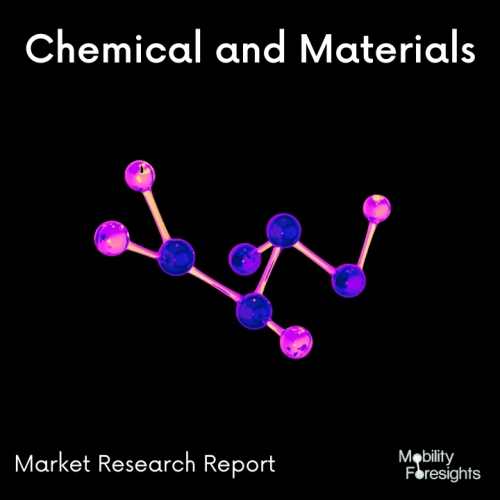
- Get in Touch with Us

Last Updated: Apr 25, 2025 | Study Period: 2024-2030
Based on alkyl 2-cyanoacrylate monomers, cyanoacrylate adhesives are solvent-free, rapid-curing "one part" adhesives. These adhesives are referred to as "instant adhesives" or "superglue" due to their rapid cure reaction.
Adhesives made of cyanoacrylate are one of a kind because they bond quickly and easily to a variety of substrates.
Cyanoacrylate adhesives typically utilize methyl, n-butyl, allyl, -methoxyethyl, and -ethoxyethyl as their base compounds.Formulated adhesives are essentially made up of pure monomer and a small amount of additives that change properties.
Anionic polymerization, the curing reaction, is started by low levels of surface moisture and traces of alkaline material on most substrate surfaces.
With the exception of polyolefins (unless pre-treated), Teflon, and highly acidic surfaces, cyanoacrylate adhesives can be used to bond a wide range of substrates.Permeable substrates, for example, wood, paper and cowhide require the utilization of items containing gas pedals.
There are formulations that, when combined with a so-called primer, can produce strong bonds with polypropylene and polyethylene.
Preparation of the surface is crucial, as it is with any adhesive.Solvent degreasing and grit-blasting are the methods that are most convenient for pretreatment of metals.

Cleaning polymers in a non-solvent solution and optional surface abrading are typical components of pretreatment.Surface cleaning and drying are required for ceramics and glass.
The Global Flexible Cyanoacrylate Adhesives market accounted for $XX Billion in 2021 and is anticipated to reach $XX Billion by 2030, registering a CAGR of XX% from 2024 to 2030.
With a new line of truly flexible, stretchy, instant adhesives, Permabond is pushing the limits of cyanoacrylate flexibility.With elongation of up to 400% and Shore hardness ranging from A60 to D50, these new flexible cyanoacrylates really do take flexibility to another level.
Traditionally, cyanos that are referred to as "flexible" are rubber toughened, making them less brittle than standard cyanoacrylates.
They are available in a variety of viscosities, from water-thin to thixotropic gel, and their bonds are transparent and colorless.
Benefits and Characteristics of Flexible Cyanoacrylates:Bonds plastics, metals, rubber, glass, and composites with a clear, colorless appearance and high elongation in a variety of viscosities. It also has good thermal shock resistance, excellent impact resistance, and good resistance to non-polar solvents.
| Sl no | Topic |
| 1 | Market Segmentation |
| 2 | Scope of the report |
| 3 | Abbreviations |
| 4 | Research Methodology |
| 5 | Executive Summary |
| 6 | Introduction |
| 7 | Insights from Industry stakeholders |
| 8 | Cost breakdown of Product by sub-components and average profit margin |
| 9 | Disruptive innovation in the Industry |
| 10 | Technology trends in the Industry |
| 11 | Consumer trends in the industry |
| 12 | Recent Production Milestones |
| 13 | Component Manufacturing in US, EU and China |
| 14 | COVID-19 impact on overall market |
| 15 | COVID-19 impact on Production of components |
| 16 | COVID-19 impact on Point of sale |
| 17 | Market Segmentation, Dynamics and Forecast by Geography, 2024-2030 |
| 18 | Market Segmentation, Dynamics and Forecast by Product Type, 2024-2030 |
| 19 | Market Segmentation, Dynamics and Forecast by Application, 2024-2030 |
| 20 | Market Segmentation, Dynamics and Forecast by End use, 2024-2030 |
| 21 | Product installation rate by OEM, 2023 |
| 22 | Incline/Decline in Average B-2-B selling price in past 5 years |
| 23 | Competition from substitute products |
| 24 | Gross margin and average profitability of suppliers |
| 25 | New product development in past 12 months |
| 26 | M&A in past 12 months |
| 27 | Growth strategy of leading players |
| 28 | Market share of vendors, 2023 |
| 29 | Company Profiles |
| 30 | Unmet needs and opportunity for new suppliers |
| 31 | Conclusion |
| 32 | Appendix |